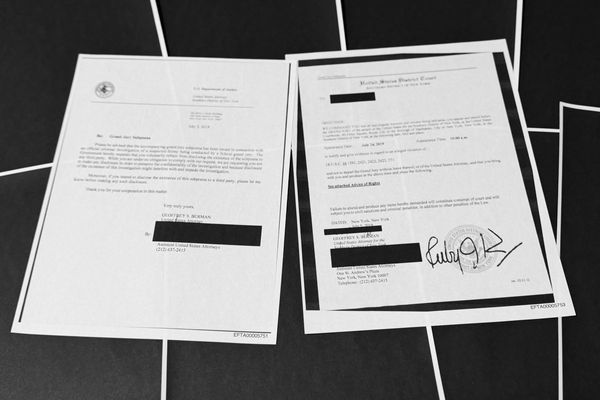Restaurant menus are more than just lists of food and prices. They are carefully crafted marketing tools designed to influence your choices and encourage higher spending. This practice, known as menu engineering or menu psychology, uses subtle visual and descriptive techniques to guide your eyes towards more profitable items. While not necessarily malicious, these tricks play on psychological tendencies. Being aware of them can help you make more conscious ordering decisions. Let’s uncover six common menu tricks restaurants use to nudge you towards spending more, often without you realizing it.

1. Strategic Item Placement and Eye-Scanning Patterns
Restaurants know that diners’ eyes typically scan a menu in predictable patterns. Items placed in the upper-right corner, the top of a page, or set apart in boxes often receive the most attention. These prime spots are usually reserved for higher-profit margin dishes or signature items the restaurant wants to promote. Less profitable items might be tucked away in less prominent locations. Being aware of this “sweet spot” strategy helps you consciously scan the entire menu rather than just focusing on highlighted sections.
2. The Use of Decoy Dishes or Anchor Pricing
A common trick is placing an extremely expensive item at the top of a section or menu. This high-priced “decoy” or “anchor” dish isn’t necessarily expected to sell frequently. Its main purpose is to make other items on the menu appear more reasonably priced in comparison. Next to a $50 steak, a $30 steak suddenly seems like a better value. This psychological anchoring subtly shifts your perception of what constitutes an “average” or “fair” price for other dishes. ##
3. Descriptive and Evocative Language
Menus often use enticing, descriptive language to make dishes sound more appealing and worth a higher price. Words like “hand-crafted,” “farm-fresh,” “line-caught,” “slow-roasted,” or “artisanal” create a perception of higher quality and justify a premium. Detailed descriptions that evoke sensory experiences (e.g., “crispy golden-brown skin,” “velvety smooth chocolate ganache”) stimulate appetite and can make you more willing to splurge. While sometimes accurate, this language is a deliberate marketing tool. ##
4. Minimizing or Eliminating Dollar Signs

Many restaurants, especially mid-range to upscale establishments, omit dollar signs ($) from their menu prices. They might list prices simply as “18” instead of “$18.00.” This subtle visual trick is designed to reduce the “pain of paying.” Seeing the currency symbol explicitly reminds diners they are spending money. Removing it makes the price seem less like a direct financial transaction and more like an abstract number, potentially encouraging less price-sensitive ordering. Nested pricing (prices at the end of descriptions) also de-emphasizes cost.
5. The “Bracketing” or Price Grouping Illusion
Bracketing involves listing a few items of a similar type (e.g., chicken dishes) at slightly different price points, but all within a relatively high range. This can make the diner feel like they are choosing the “best value” among those options, even if all options are priced for high profit. It limits the perceived range of choices and subtly steers customers towards these profitable selections. Without broader price comparisons, it’s harder to gauge if the entire bracket is overpriced.
6. Using Nostalgia, Brand Names, or Chef’s Specials
Menus might highlight “Grandma’s Secret Recipe Lasagna” or feature dishes using specific, premium brand-name ingredients (e.g., “Certified Angus Beef® Burger”). These evoke nostalgia, trust in familiar brands, or a sense of exclusivity, making diners more willing to pay a higher price. “Chef’s Specials” or items marked as “House Favorites” are often promoted because they are high-profit items, not necessarily because they are objectively the best dishes. These cues guide choices towards more lucrative options for the restaurant.
Ordering with Awareness
Restaurant menus are sophisticated tools of persuasion, designed to enhance a diner’s experience while also maximizing profitability. Understanding common menu engineering tricks like strategic placement, decoy pricing, evocative language, and the de-emphasis of dollar signs doesn’t mean you can’t enjoy dining out. Instead, it empowers you to make more conscious and informed decisions. By looking beyond the visual cues and descriptive flair, you can focus on choosing dishes that genuinely appeal to your taste and budget, rather than being subtly steered by menu psychology.
Which menu tricks have you noticed when dining out? Do you find that descriptive language or item placement influences your ordering choices? Share your observations below!
Read More
6 Menu Items That Were Pulled Because They Were Too Unhealthy—Even for Fast Food
The Ethics of Secret Menu Items and Unadvertised Discounts
The post 6 Menu Tricks Restaurants Use to Make You Spend More Without Realizing appeared first on Grocery Coupon Guide.







